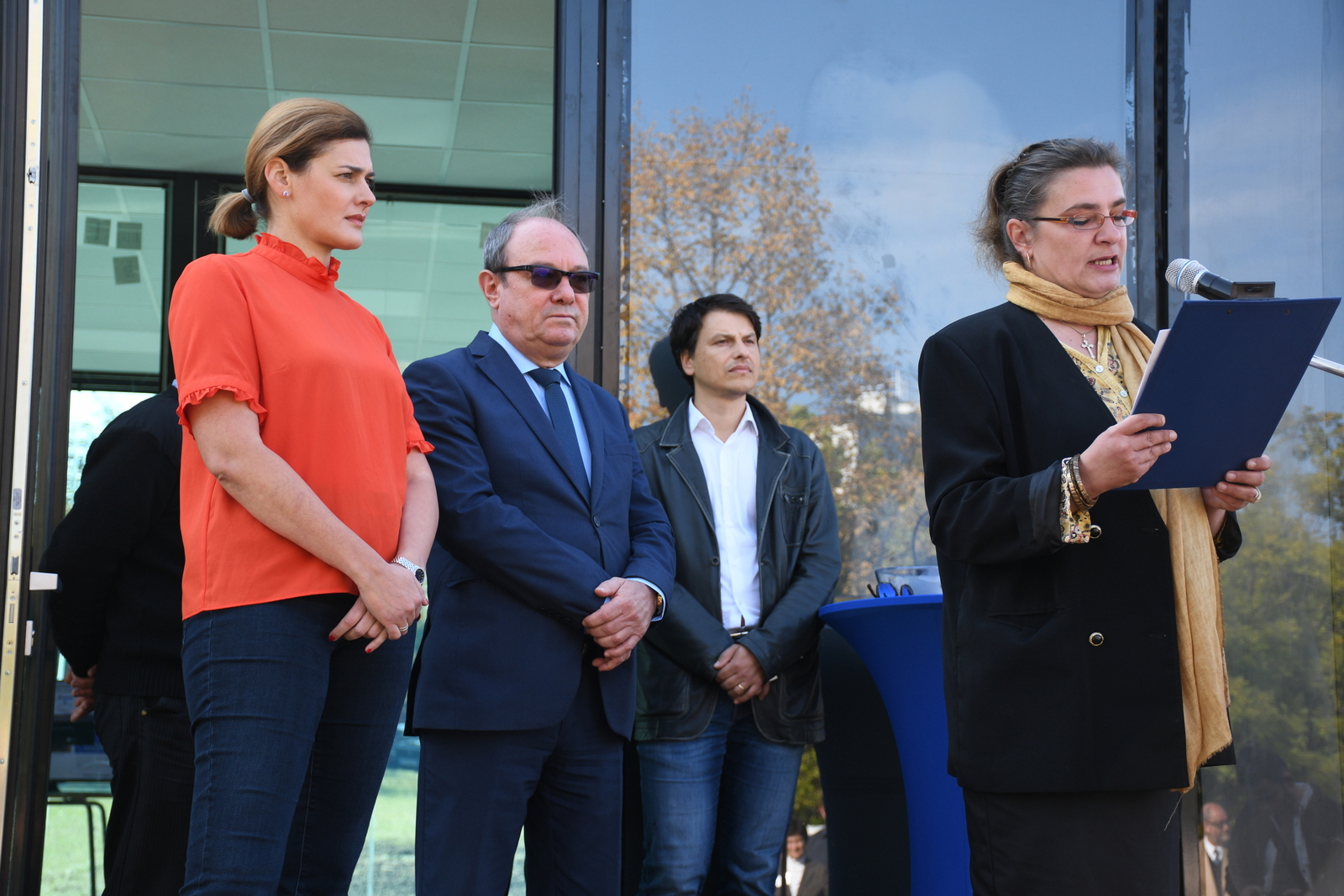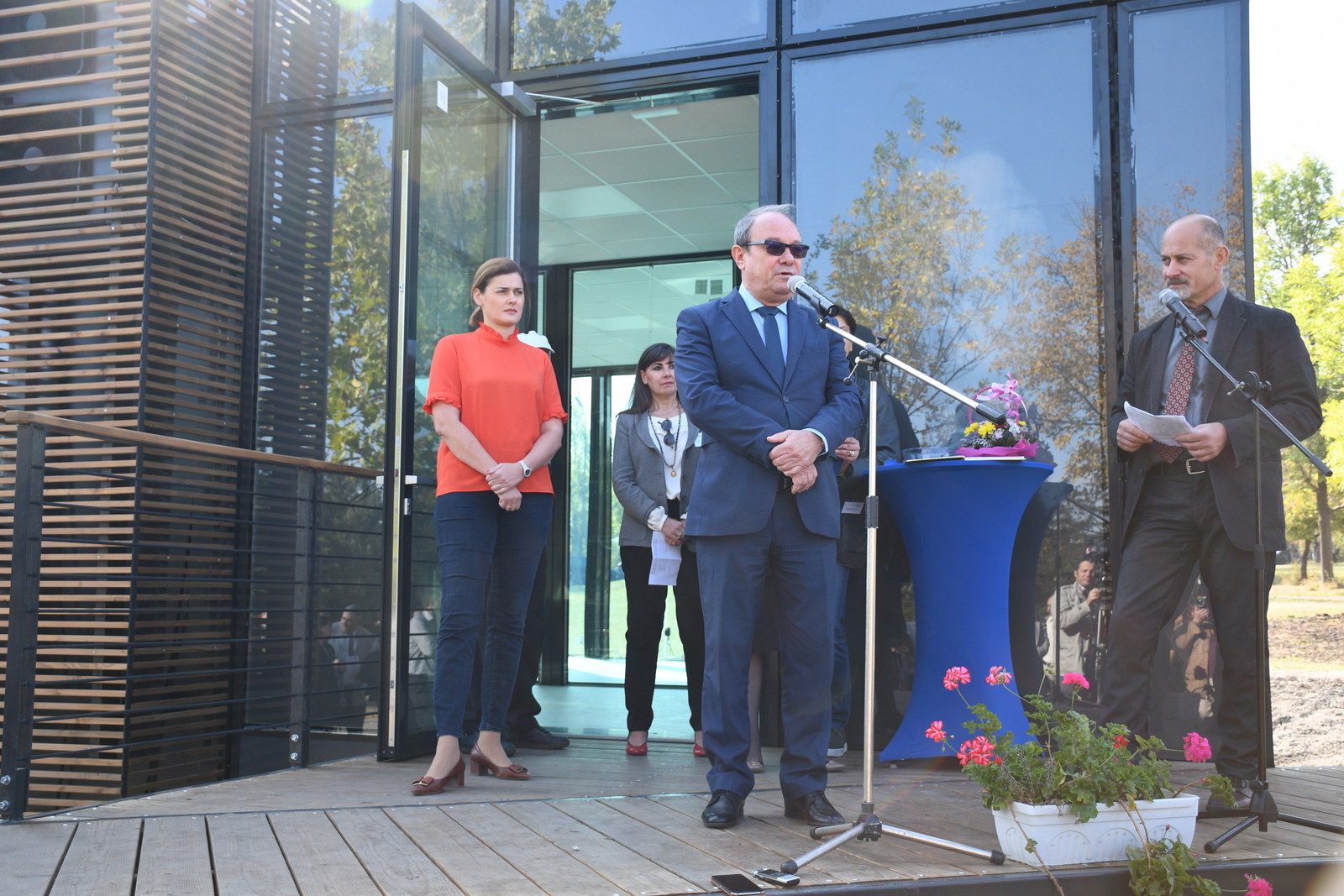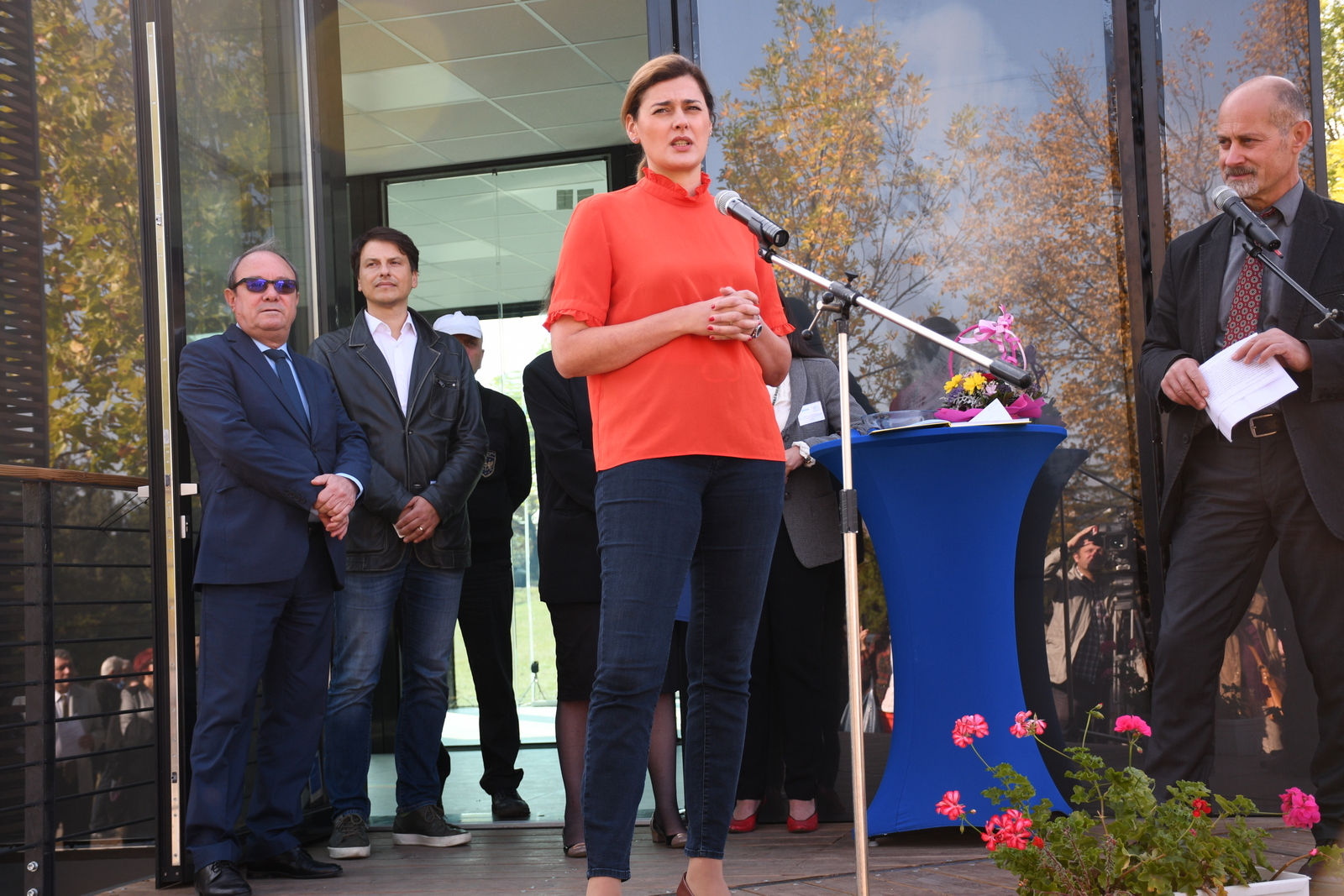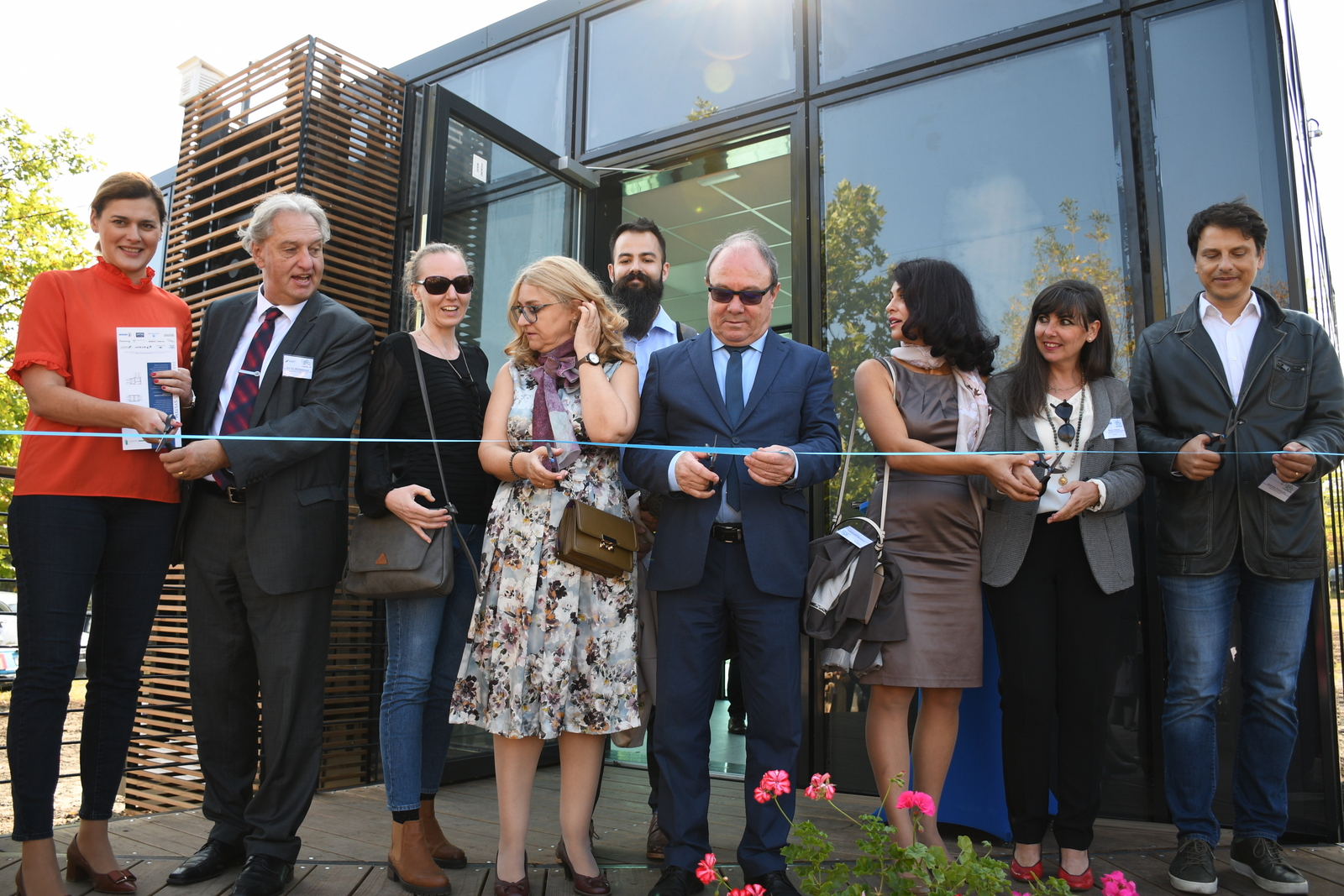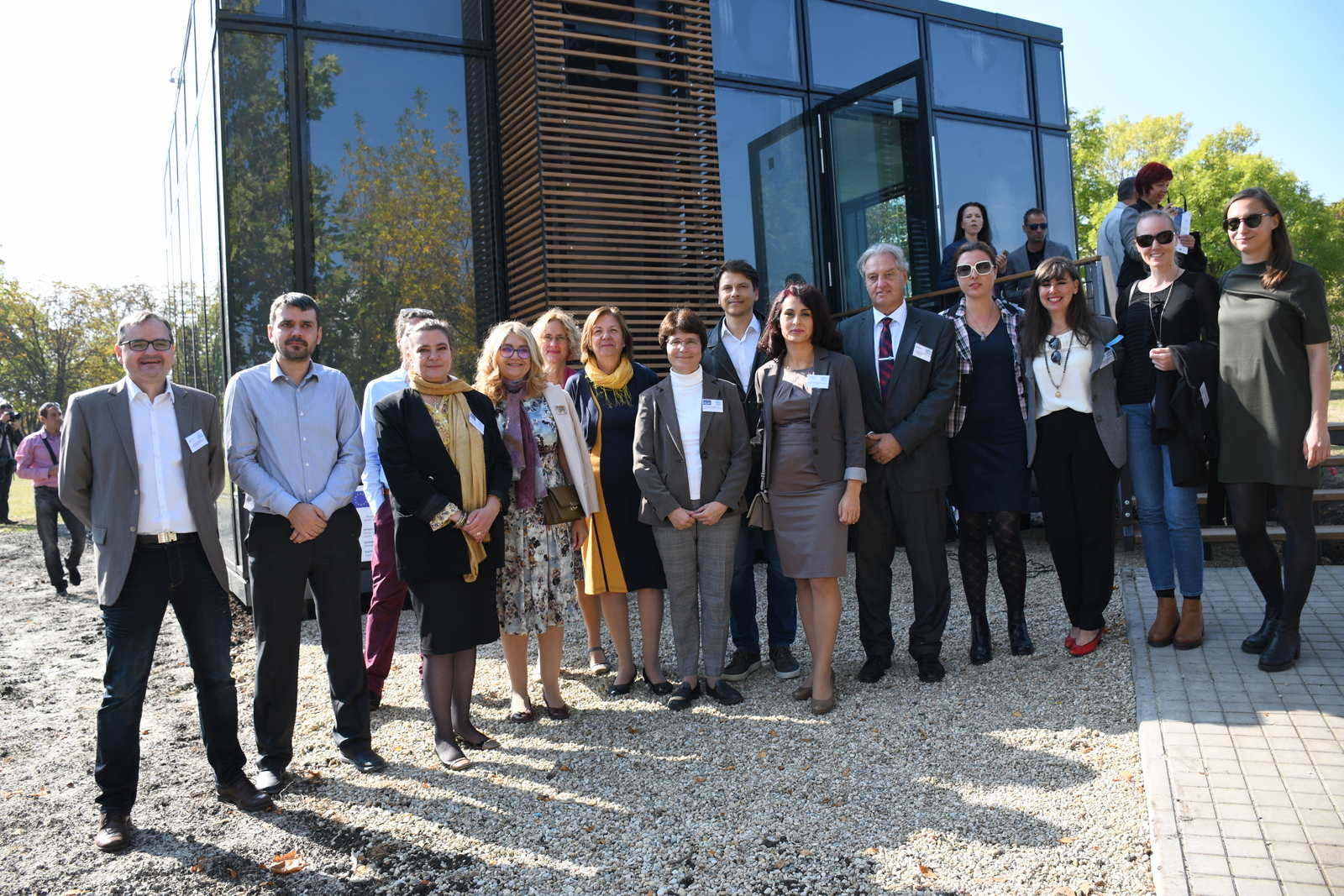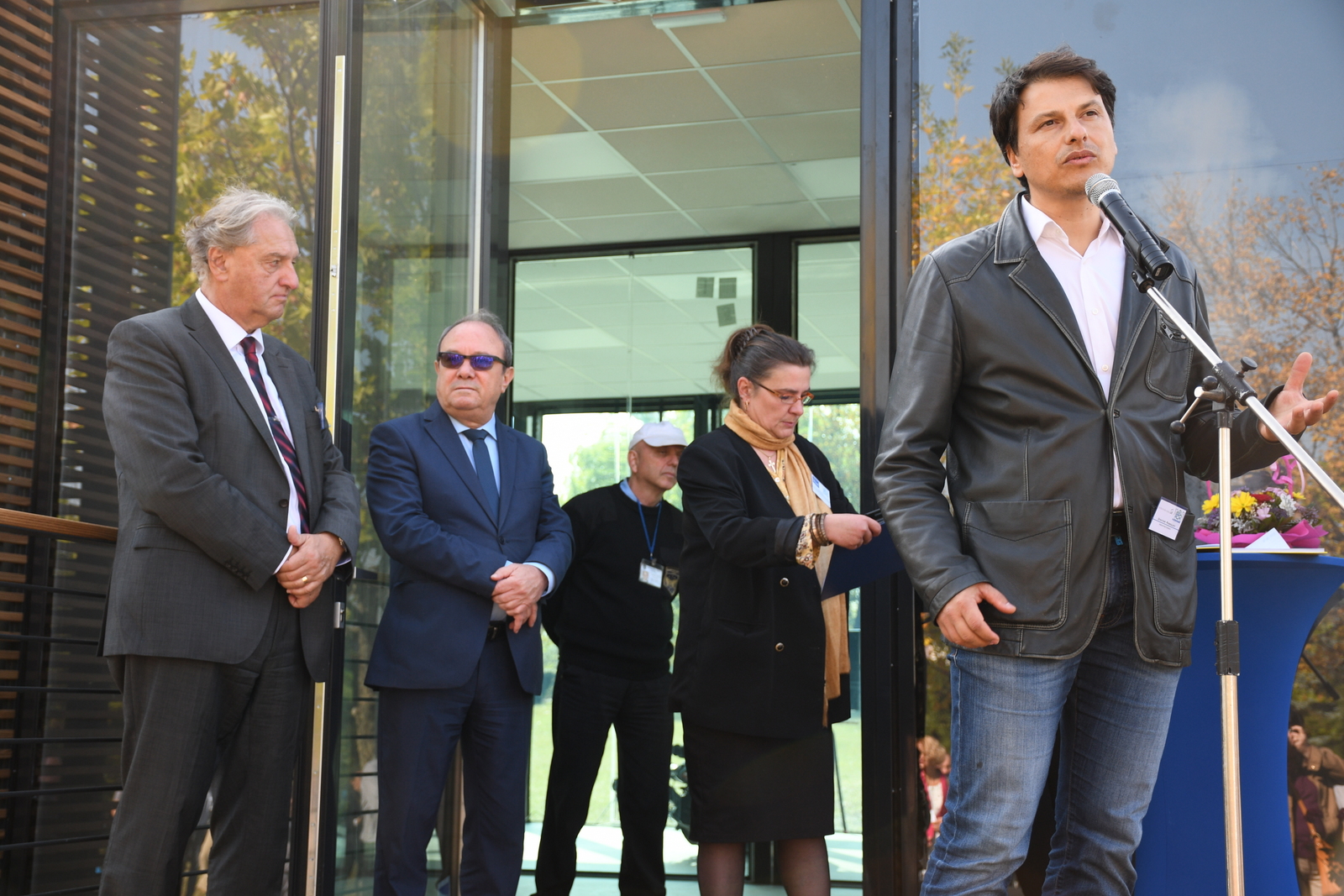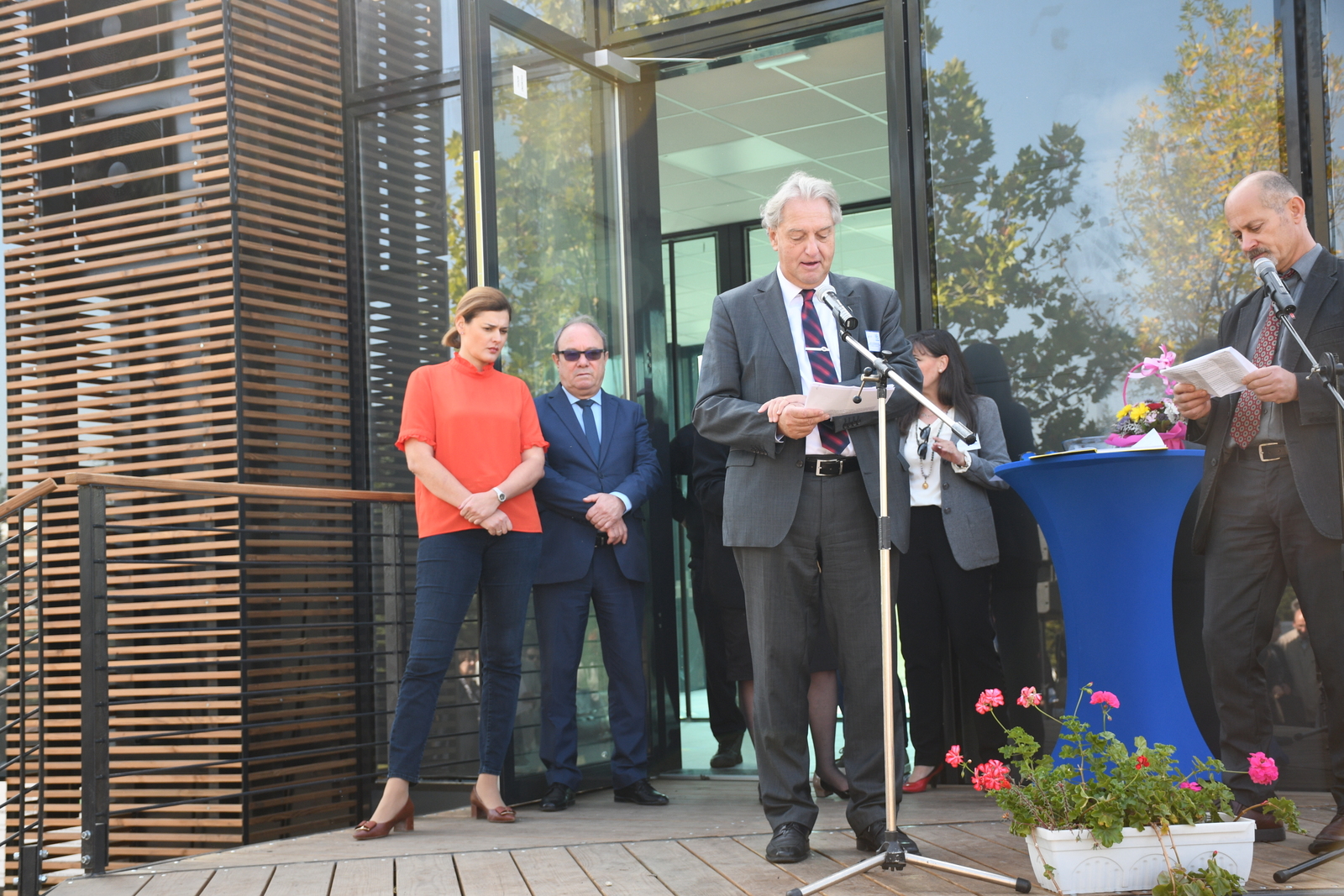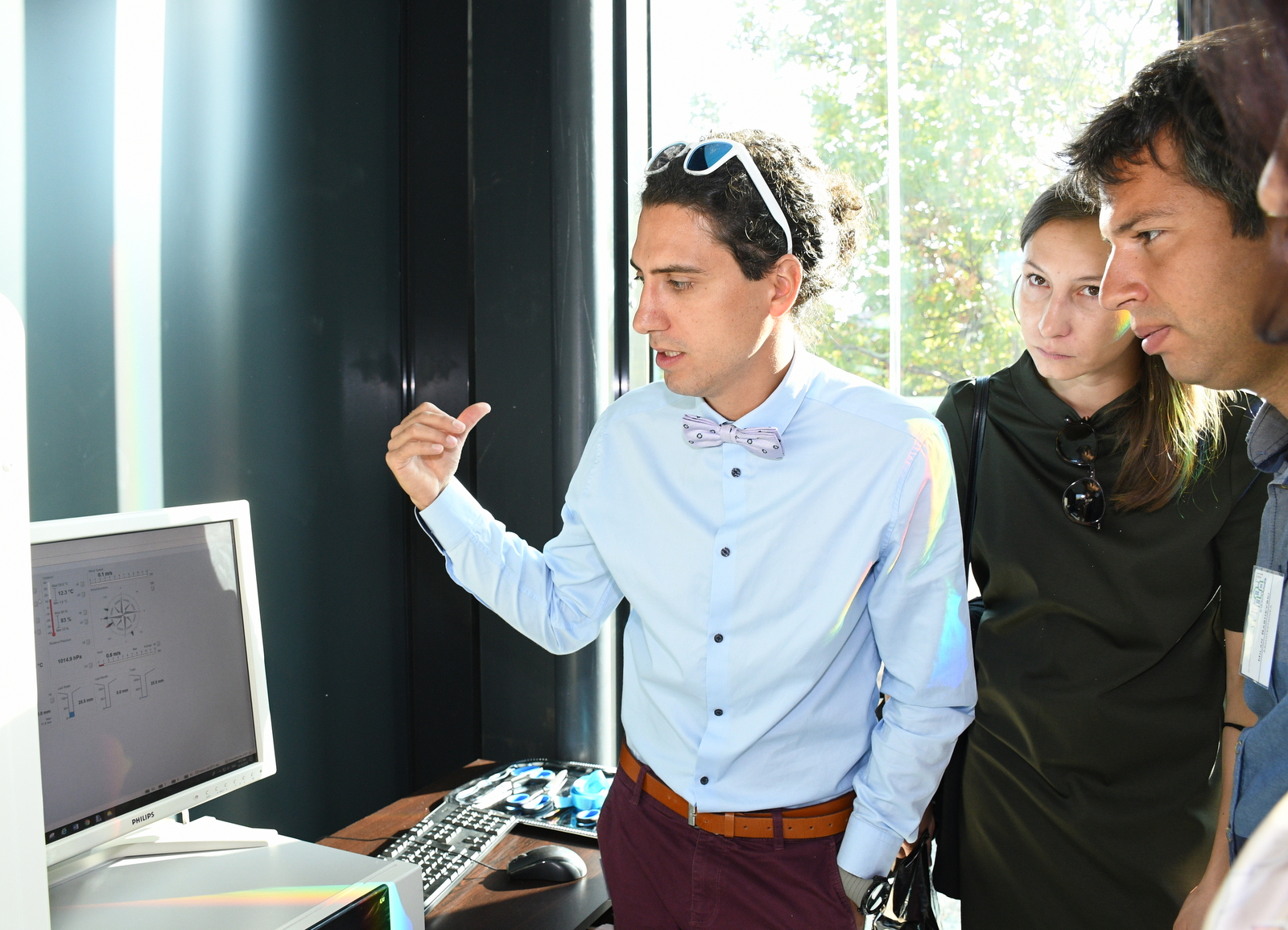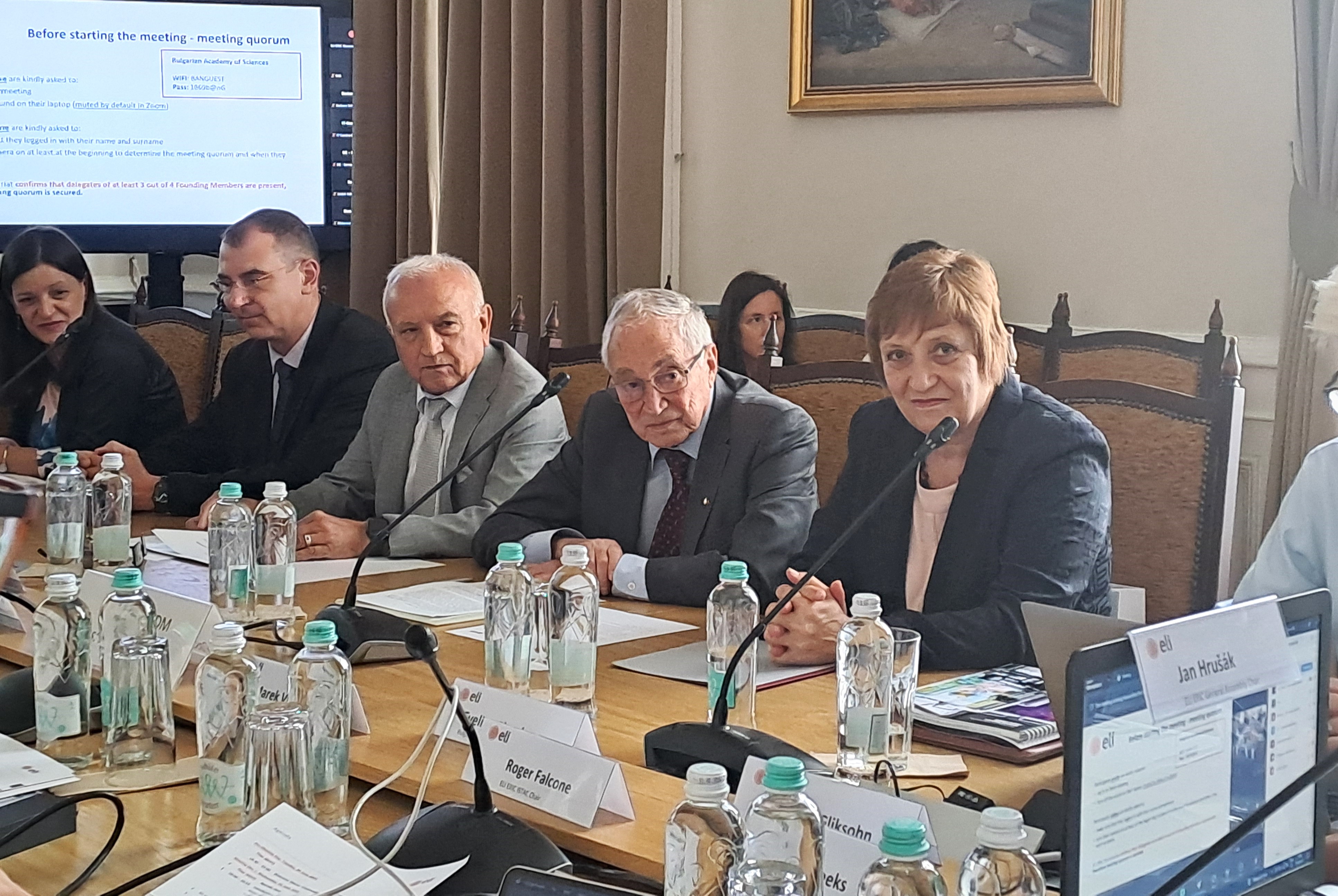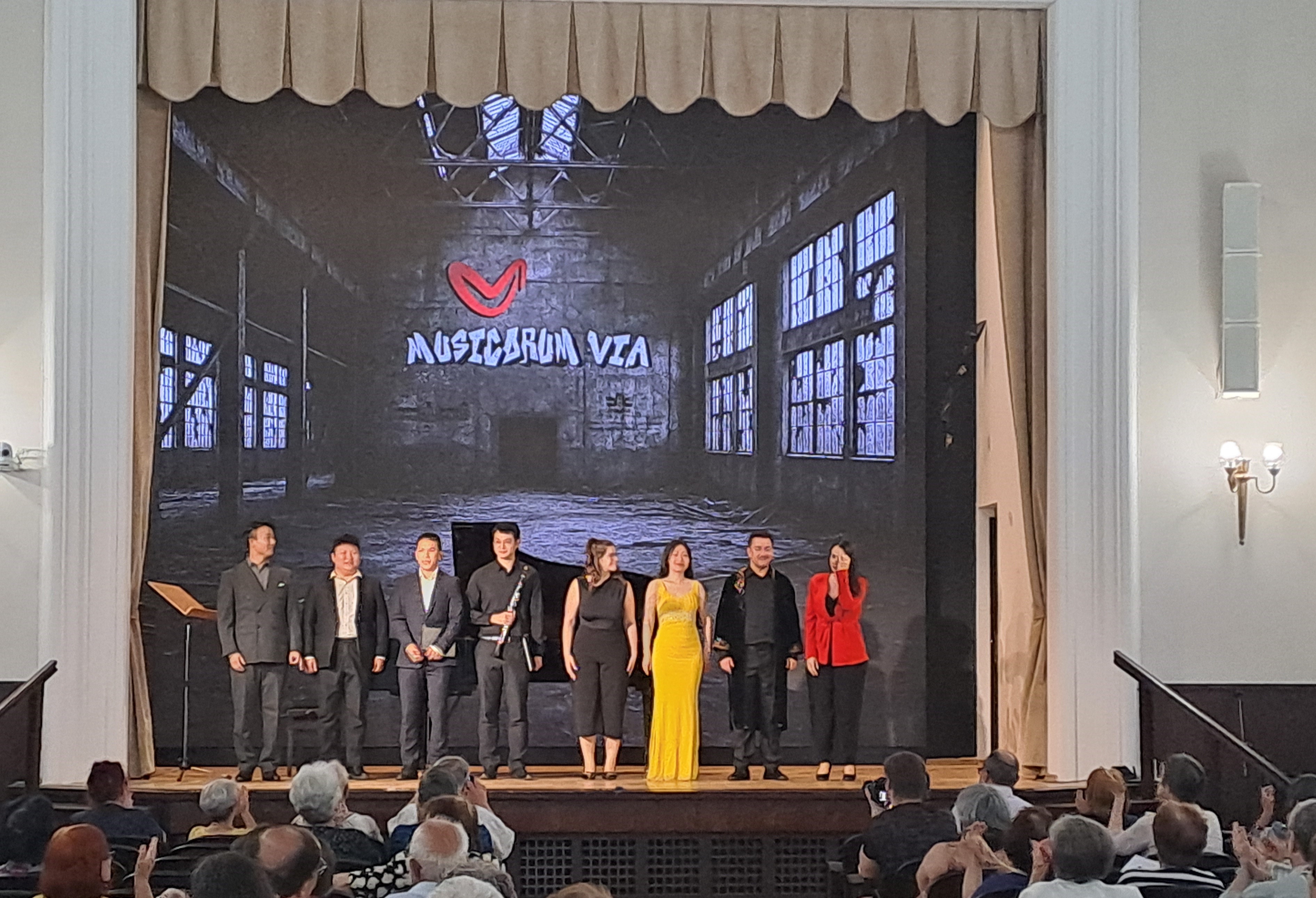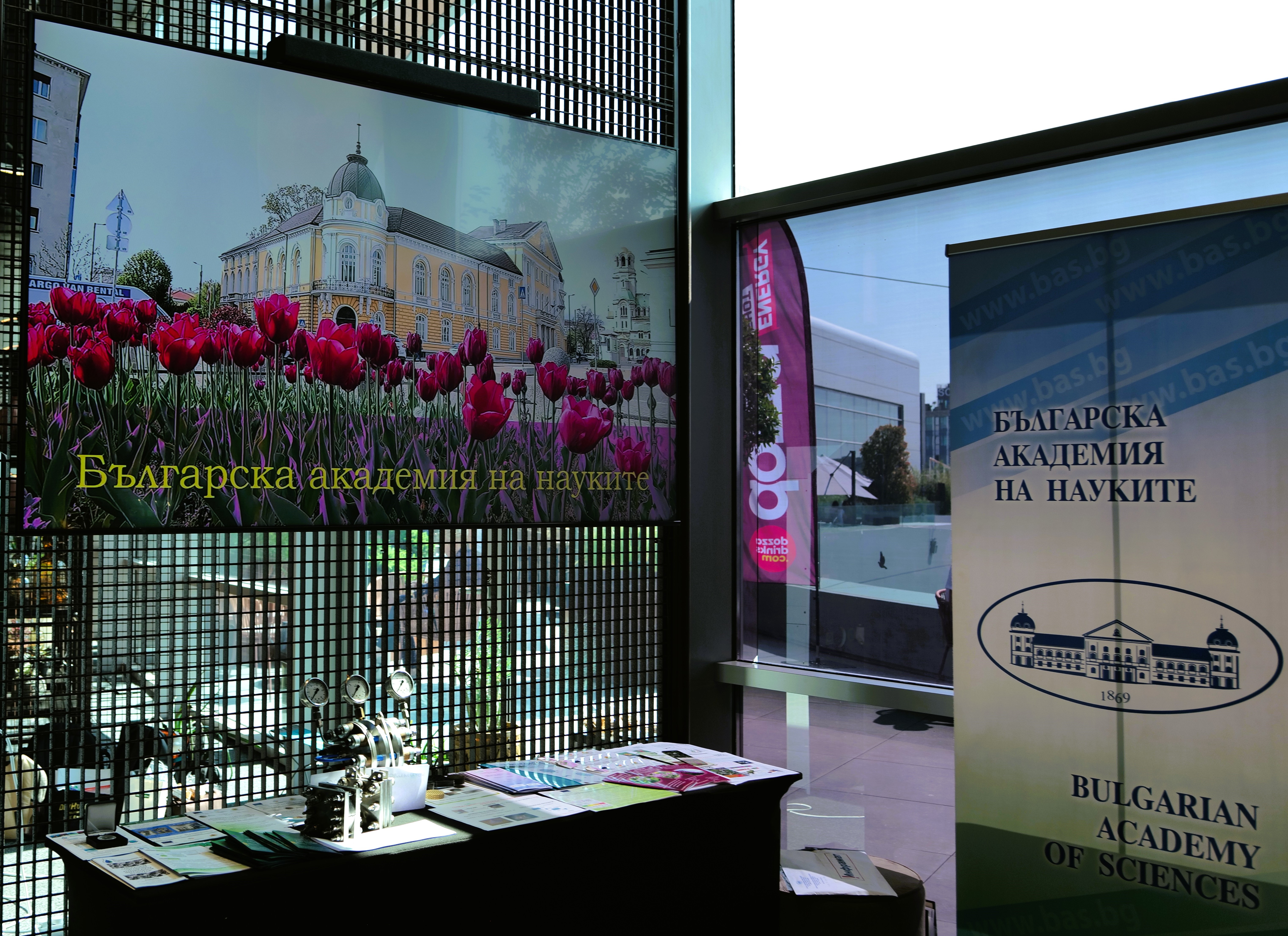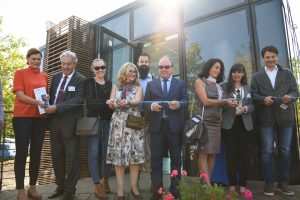 A demonstration pavilion with a glass-facade with water flow glazing was officially opened at Science Complex 2 – BAS. It was developed within the InDeWaG (Industrial Development of Water Flow Glazing Systems) project with partners from Germany, Spain and Bulgaria. The funding is from the Horizon 2020 program, within the “Energy Efficiency” focus area.
A demonstration pavilion with a glass-facade with water flow glazing was officially opened at Science Complex 2 – BAS. It was developed within the InDeWaG (Industrial Development of Water Flow Glazing Systems) project with partners from Germany, Spain and Bulgaria. The funding is from the Horizon 2020 program, within the “Energy Efficiency” focus area.
The building has facades and radiant inner walls with circulating water flow. The in-depth monitoring of the pavilion will provide valuable information on the operation and life of the modules, the energy savings and the marketability of the technology.
The unique product of the InDeWaG project provides a solution to maximize the use of daylight and achieve optimum indoor comfort. The innovation aims to contribute to the construction of office buildings of the future which will have to meet the standard for buildings with nearly-zero energy consumption.
During the opening, the President of BAS, Prof. Julian Revalski, DSc emphasized that the project is an example of how research leads to technological innovation. The building is the only one of its kind in Europe, and its opening ceremony is dedicated to the 150th anniversary of BAS.
The project is a good example of the direct impact of science in our lives and the transfer of knowledge and innovation to business, said Deputy Minister of Education and Science Karina Angelieva. She announced that Horizon 2020 funds that have been utilized so far by Bulgaria amount to one hundred million Euro and are expected to reach 1 billion Euro by the end of the next programming period.
The building was opened by Assoc. Prof. Miglena Dimitrova, Director of the Central Laboratory of Solar Energy and New Energy Sources (CL SENES) – BAS, Academician Julian Revalski and Deputy Minister Angelieva, Prof. Dieter Brüggemann, Project Coordinator from the University of Bayreuth, Germany, Prof. Belén Moreno of the Polytechnic University of Madrid, Architect Dimitar Paskalev from Architectonica Studio and project partners.
The implemented double-glazing with dimensions 3 x 1.3 m is positioned vertically. It is exclusively applicable to office building facades. The module consists of an aluminum frame, which has double-glazing (cameras with water and gas). The idea of the development is for the water to capture solar energy and the resulting heat from it to be used for the needs of the building. The system can be used for heating, cooling and providing domestic hot water. This is possible since the windows are connected to a heat pump that regulates the water temperature in them. This technology successfully replaces appliances such as air conditioners, radiators, convectors and more.
The pavilion is planned to be a building with nearly-zero energy consumption. Moreover, it is expected to produce more energy than is required for its needs. The roof-mounted photovoltaic system is designed to cover the pavilion’s electricity costs.
More information can be found on the InDeWaG website.
Recording of the event: https://www.youtube.com/watch?v=Y6xj4UJsAd4


